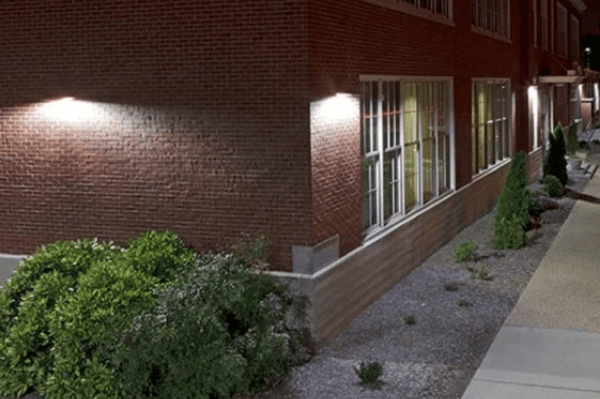06/28/2024
Why Understanding W and kW is Crucial for Energy Efficiency
LED Lighting,
Lighting Education,
Outdoor Lighting,
Sports Lighting,
LED Lighting Benefits,
Lighting Measurement,
LED Lighting Guide,
Units & Measurement,
Cost Savings,
Watt,
Kilowatt



